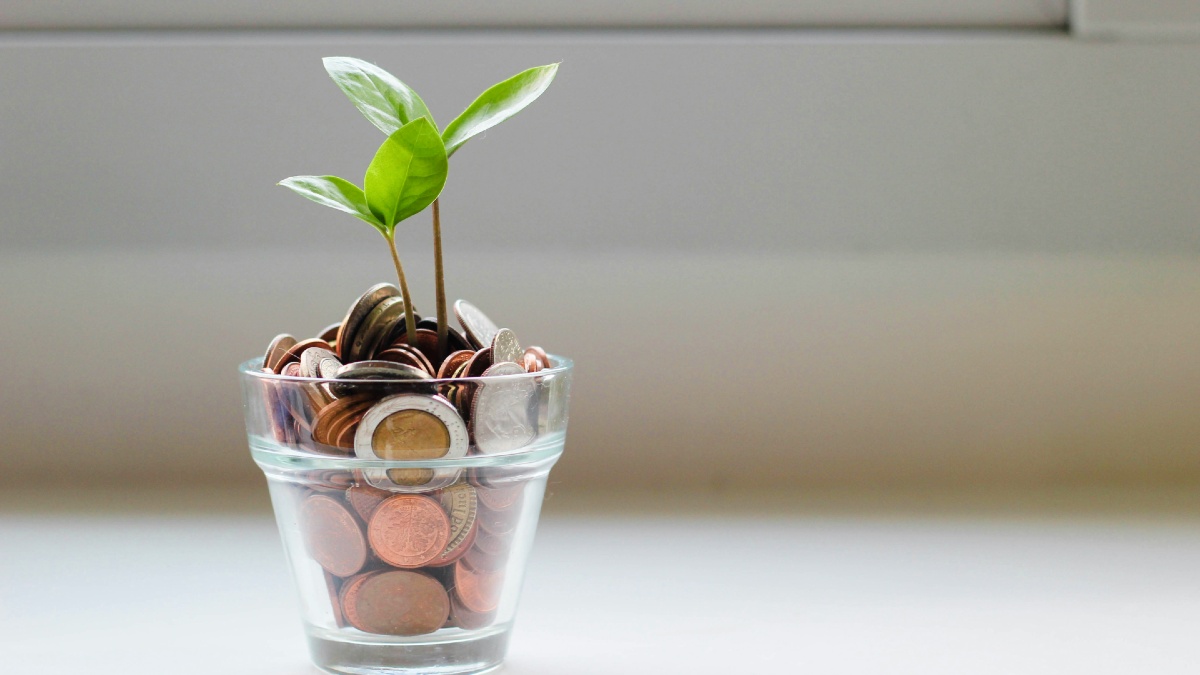The Organisation for Economic Cooperation and Development (OECD) has forecast Australia's economy will contract by -5% this year, but a second wave of the virus could see the economy contract by -6.3%, coming at a $25 billion cost to the economy.
The economy would then grow by only 1% next year, but if a second wave is avoided it could bounce back by 4.1% in 2021.
The report calls for further stimulus measures to support businesses and households, including extending the JobKeeper wage subsidy and building more social housing.
"The authorities should be considering further stimulus that may be needed once existing measures expire at the end of the third quarter 2020," the report said.
"The government has recently announced plans to support particularly hard-hit sectors, including a stimulus package for construction.
"The authorities should also ensure that the social safety net is adequate and consider further investment in energy efficiency improvements and social housing."
Despite Australia entering its first recession since the 1990s, the outlook said massive macroeconomic policy support, including the JobKeeper wage subsidy, has limited most of the economic shock.
"However, should widespread contagion resume, with a return of lockdowns, confidence would suffer and cash-flow would be strained," the report said.
"In that double-hit scenario, GDP could fall by 6.3% in 2020.
"Even in the absence of a second outbreak, GDP could fall by 5% in 2020."
High levels of unemployment, lost earnings and ongoing consumer caution could increase the amount of time it takes for the economy to recover.
"These headwinds are larger in the double-hit scenario due to prolonged financial stress, together with greater uncertainty, whereas confidence aids a faster recovery in the single-hit scenario," the report said.
The report estimates Australia's unemployment rate could hit 7.4% this year and 7.6% next year if there is no second wave. The unemployment rate hit 6.2% in April.
The report also said a second wave of the virus could potentially drive property prices down further due to high levels of household debt.
"A key risk to the outlook is that high household indebtedness results in debt-servicing problems, potentially amplified by a housing market downturn, and derails the recovery.
"On the other hand, the recovery would be faster if sentiment rapidly rebounds."
.jpg)


 Denise Raward
Denise Raward
 Harry O'Sullivan
Harry O'Sullivan

 William Jolly
William Jolly

